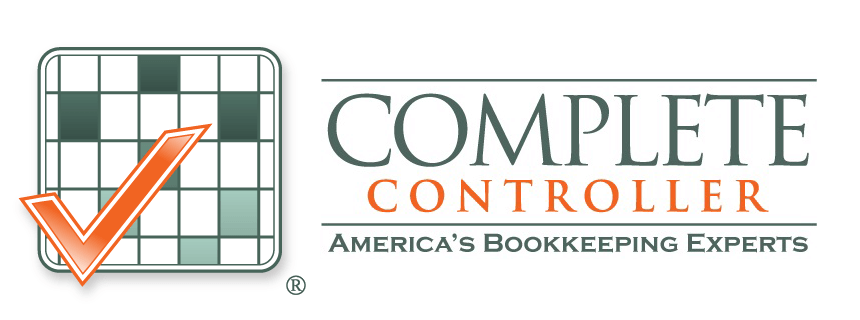The gearing ratio measures the proportion of funds borrowed by a company to equity. It is calculated as the total loan (liabilities of the long and short-term included in this loan) divided by the total equity of the shareholder. This is an important term used in bookkeeping. A specific formula is used to calculate the gearing ratio in bookkeeping.
It is the amount of equity needed to pay outstanding debts. Low gearing is the best option for SMEs because a company with a 10% gearing ratio would pay off debts more quickly. Investors also consider it a low-risk company, while companies with a high gearing ratio of around 50% or above are considered a greater risk because they could be defaulters or bankrupts if profits decline for short periods or rates of interest increase.
The gearing ratio is one of the most common tools used to evaluate a company’s financial fitness.
The formula to calculate the gearing ratio in bookkeeping is as follows:
Gearing ratio formula = Debt / (Debt + Equity)

Types of Gearing
- Financial gearing
- Operational gearing
Financial gearing
Financial gearing includes using debt to fund a business.
Financial gearing increases risk, though returns are raised. Debt is a risk for the business. It is a relationship between loan and equity, i.e., how a business is funded.
Operational gearing
This term is less commonly used. It refers to the relationship between a business’s fixed costs and variable costs.

Disadvantages of Higher Gearing Ratio
A higher gearing ratio suggests a great deal of leverage when an SME consumes debt to pay for its ongoing operations. In a trade recession, such SMEs may face distress while meeting schedules of their debt and are at risk of bankruptcy. The condition is precarious when a firm involves debt engagement interest rates with variables because a sudden rise in rates could lead to severe problems in the payment schedule.
A regulated industry such as utilities is not as affected by this. They have a monopoly in business, and regulatory authorities will increase the rate to cover the gap and ensure their continued survival. Possible requirements by financiers to lessen this problematic situation are restricting agreements that disallow the payment of shares, enforcing extra cash flow into debt repayment, constraining substitute cash usage, and requiring shareholders to place additional equity into the firm’s debt repayment.
Creditors have a similar concern but are commonly incapable of enforcing alterations in the firm’s conduct. SMEs that require large, fixed assets have a higher gearing ratio. A company with a low gearing ratio may be managing its finances with a conservative approach.
However, it may indicate that a company is engaged in extremely cyclical diligence and can’t afford to become overextended in the face of an unavoidable downturn in trades and revenues.

Methods to Reduce Gearing Ratio
In bookkeeping, the value of the gearing ratio of a company can be reduced by the following methods:
- Trade shares. If an SME can obtain permission to sell shares from its board of directors, the revenue received could be used to pay loans.
- Convert debt. These debts could be converted into shares after negotiating with lenders.
- Decrease working capital. Two ways to decrease the working capital are reduced inventory levels and escalating the speed at which receivable accounts are collected. The second is to increase the duration in which accounts payable must pay and lengthen the days required to pay. These methods produce cash, which is used to pay off debts.
- Escalation of profits. Practice all known methods to increase revenues so that more cash is generated, which could be used to pay off loans.
Conclusion
SMEs should maintain a low gearing ratio as it shows that the company is financially stable. This will result in attracting a large number of potential investors or lenders.
 About Complete Controller® – America’s Bookkeeping Experts Complete Controller is the Nation’s Leader in virtual bookkeeping, providing service to businesses and households alike. Utilizing Complete Controller’s technology, clients gain access to a cloud platform where their QuickBooks™️ file, critical financial documents, and back-office tools are hosted in an efficient SSO environment. Complete Controller’s team of certified US-based accounting professionals provide bookkeeping, record storage, performance reporting, and controller services including training, cash-flow management, budgeting and forecasting, process and controls advisement, and bill-pay. With flat-rate service plans, Complete Controller is the most cost-effective expert accounting solution for business, family-office, trusts, and households of any size or complexity.
About Complete Controller® – America’s Bookkeeping Experts Complete Controller is the Nation’s Leader in virtual bookkeeping, providing service to businesses and households alike. Utilizing Complete Controller’s technology, clients gain access to a cloud platform where their QuickBooks™️ file, critical financial documents, and back-office tools are hosted in an efficient SSO environment. Complete Controller’s team of certified US-based accounting professionals provide bookkeeping, record storage, performance reporting, and controller services including training, cash-flow management, budgeting and forecasting, process and controls advisement, and bill-pay. With flat-rate service plans, Complete Controller is the most cost-effective expert accounting solution for business, family-office, trusts, and households of any size or complexity.




